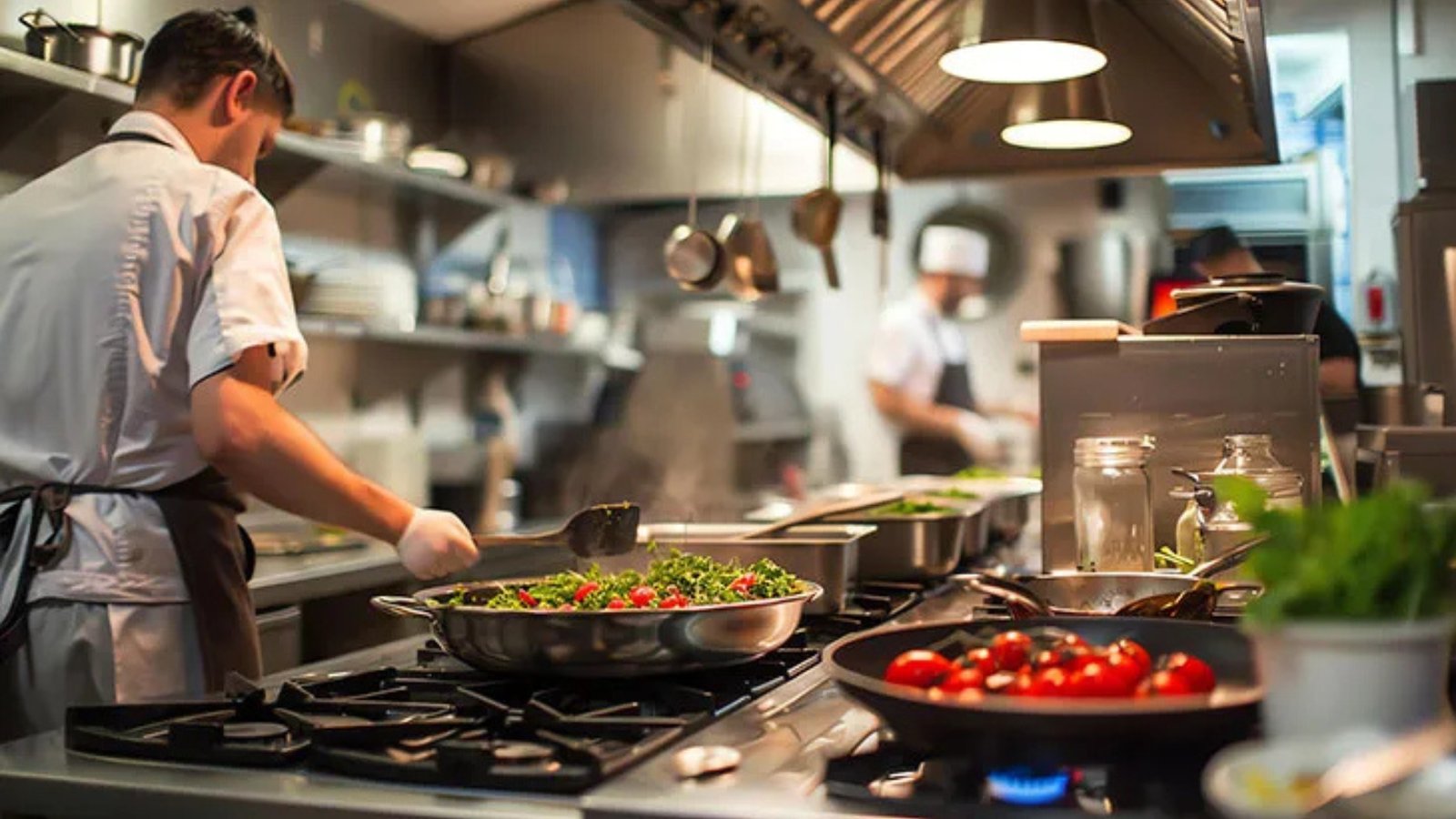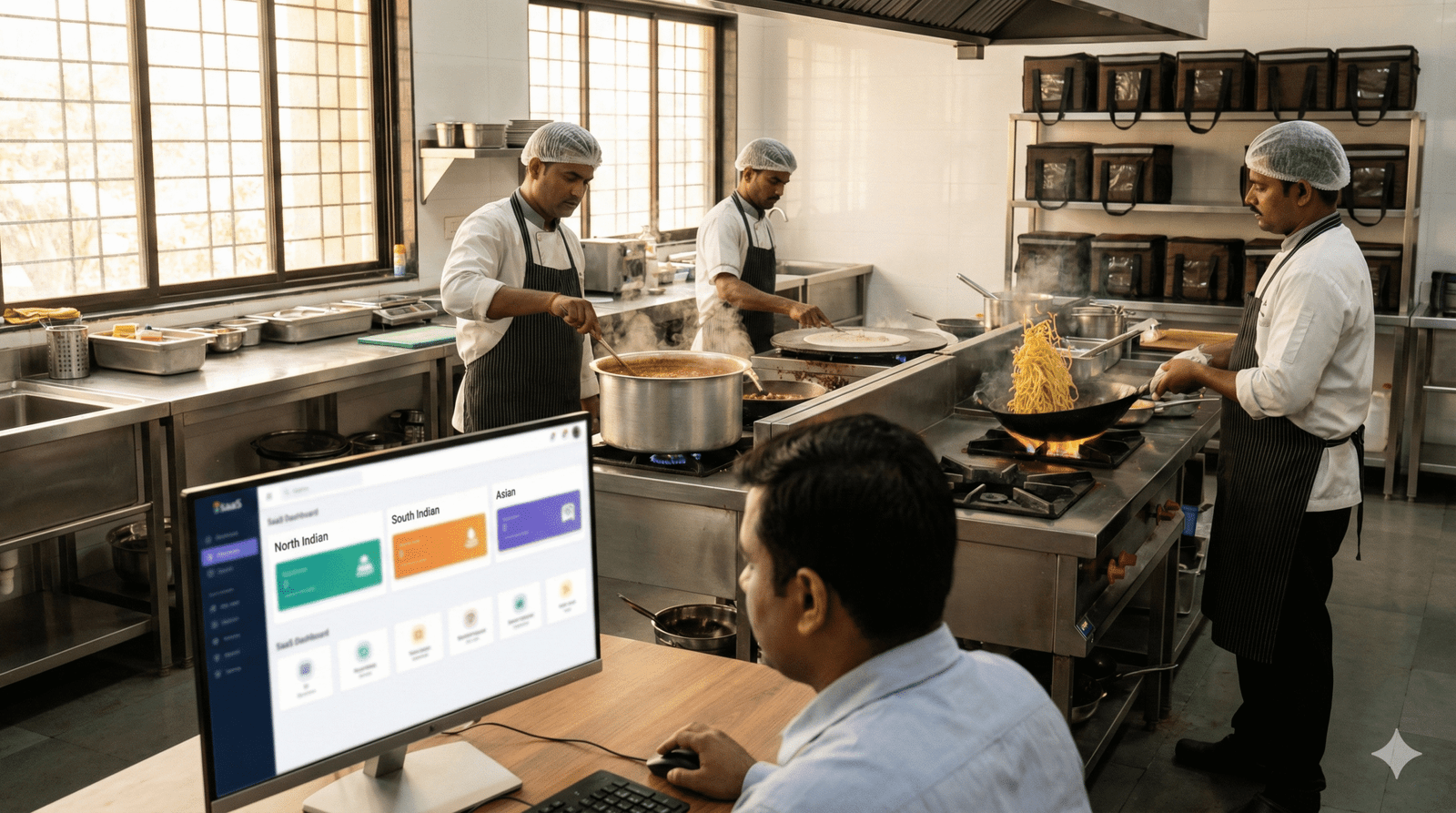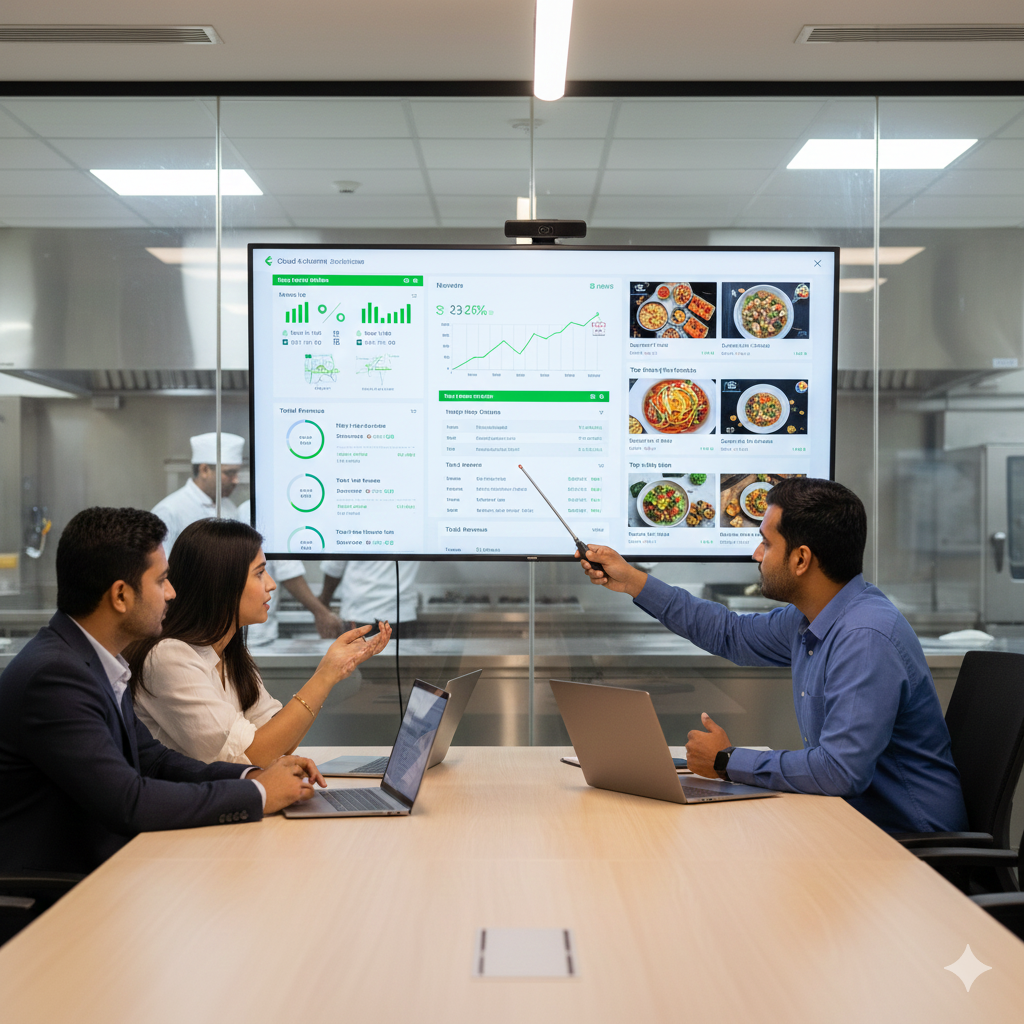Cloud kitchens, also known as ghost kitchens or dark kitchens, have gained immense popularity in recent years. With lower operational costs and the booming food delivery market, many entrepreneurs consider cloud kitchens a lucrative business model. However, profitability in this domain is often shrouded in myths. In this Artical, we explore the truths and misconceptions surrounding cloud kitchen profitability.
Myth 1: Cloud Kitchens Require Minimal Investment
Reality: While cloud kitchens eliminate the need for a dine-in area, they still require significant investment in kitchen equipment, technology, marketing, and staffing. Additionally, premium locations for delivery optimization and partnerships with aggregators can inflate costs.
Key Takeaway: Prepare a detailed budget to account for hidden expenses, such as delivery commissions and software integrations.

Myth 2: High Demand Equals High Profitability
Reality: A surge in food delivery demand doesn’t guarantee profitability. Factors like high competition, delivery fees, and customer acquisition costs can erode margins. Cloud kitchens must focus on menu pricing, portion control, and efficient operations to stay profitable.
Key Takeaway: Optimize costs without compromising quality to maintain healthy margins.
Myth 3: Marketing Isn’t Necessary for Cloud Kitchens
Reality: Unlike traditional restaurants, cloud kitchens rely heavily on online presence. Effective digital marketing, including social media ads, SEO, and aggregator promotions, is essential to attract and retain customers.
Key Takeaway: Allocate a significant portion of your budget to marketing and build a strong brand identity.
Myth 4: One Kitchen, Multiple Brands Guarantee Success

Reality: Operating multiple brands under one cloud kitchen can increase revenue streams but also adds complexity. Each brand requires distinct marketing efforts, menu development, and operational strategies, which can strain resources.
Key Takeaway: Start with one strong brand before diversifying into multiple offerings.
Myth 5: Cloud Kitchens Are Risk-Free Ventures
Reality: Like any business, cloud kitchens carry risks. Fluctuating demand, operational inefficiencies, and reliance on third-party aggregators can impact profitability. The success of a cloud kitchen depends on thorough planning, innovation, and adaptability.
Key Takeaway: Regularly analyze market trends and adapt your strategies to stay competitive.
How to Improve Cloud Kitchen Profitability

- Leverage Data Analytics: Use customer data to identify popular dishes, optimize pricing, and enhance customer experience.
- Streamline Operations: Invest in efficient equipment, inventory management, and staff training to reduce wastage and improve productivity.
- Focus on Quality: High-quality food and service will encourage repeat orders and positive reviews.
- Innovate Your Menu: Introduce seasonal specials and exclusive offerings to stand out from competitors.
- Diversify Revenue Streams: Consider partnering with corporates, catering events, or offering subscription meal plans.
Conclusion
Cloud kitchens are reshaping the food industry, but profitability hinges on a clear understanding of the model’s realities. Dispelling myths about minimal investment and guaranteed success is crucial. Strategic planning, effective marketing, and operational efficiency are the cornerstones of success. By focusing on customer experience, leveraging technology, and adapting to market trends, cloud kitchens can thrive in a competitive landscape.
Entrepreneurs must approach the venture with a realistic perspective, ensuring a balance between cost management and quality to achieve sustainable growth. The journey is challenging but rewarding for those who innovate and execute with precision.
FAQs
Q1: Are cloud kitchens more profitable than traditional restaurants?
Cloud kitchens have lower overhead costs but face challenges like high competition and delivery fees. Profitability depends on efficient management and strategic marketing.
Q2: How much does it cost to start a cloud kitchen?
Initial investments range from INR 5 lakh to INR 20 lakh, depending on location, equipment, and marketing expenses.
Q3: Can I run multiple brands in one cloud kitchen?
Yes, but managing multiple brands requires careful planning, distinct marketing strategies, and operational efficiency to avoid resource strain.
Q4: How can I attract customers to my cloud kitchen?
Invest in digital marketing, partner with delivery platforms, optimize your menu for online ordering, and focus on quality and customer service.
Q5: Is it possible to operate a cloud kitchen without third-party aggregators?
While it’s posible, it’s challenging. Partnering with aggregators increases visibility, but you can also develop your own app or website for direct orders.





